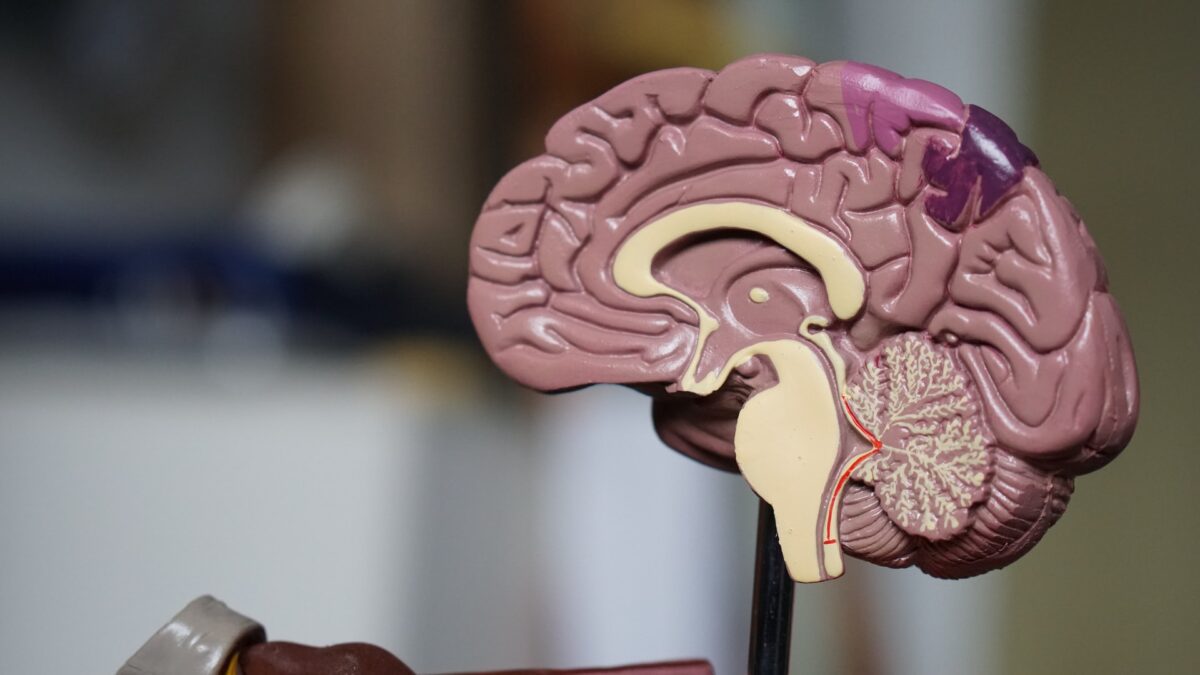Did you know that brain injury is one of the leading causes of death and disability in the United States? Each year, more than 2.5 million people sustain a traumatic brain injury, and 50,000 die from it. Many more live with disabilities as a result of their injury. In this blog post, we will discuss some common causes of brain injuries and what you can do to protect yourself from them.
If you’ve experienced a head injury, it’s essential to be aware of the common causes of brain injuries. For information on traumatic brain injury treatment, visit wewin.com. They provide valuable insights to help you understand and address head injuries effectively.
Car Accidents
Car accidents are one of the leading causes of brain injury. The sudden force of the impact can cause the brain to hit the inside of the skull, leading to bruising, bleeding, and other common brain injury types of damage. If you are involved in a car accident, here are some things to keep in mind. Stay calm and avoid moving around too much, as this can cause more damage. Make sure that the scene is safe and that all passengers are out of the vehicle before getting out yourself. Check for injuries and ask for help if needed.
If you have been in a car accident, it is important to seek medical attention right away. Even if you do not believe that you have suffered a head injury, it is best to be safe than sorry. Symptoms of a brain injury may not appear until days or even weeks after the accident occurred.
Falls
A fall can cause a brain injury if the person falls from a height or if they hit their head on a hard surface. Falls are the leading cause of brain injuries in adults. Elderly people and children are especially at risk for brain injuries from falls. Brain injuries from falls can range in severity from mild to life-threatening.
There are things you can do to prevent falls, including wearing shoes with good traction, installing grab bars inside and outside of your home, and keeping walkways and stairs clear of any obstacles. If you do fall, seek medical attention right away. Brain injuries can be serious and require treatment. Early diagnosis and treatment of a brain injury are crucial for the best possible outcome.
Sports Injuries
It is important to be aware of the potential for sports-related brain injuries. While there are many benefits to being physically active, participating in contact or high-risk sports can increase your risk of suffering a brain injury. Some common causes of sports-related brain injuries include concussions, skull fractures, and cerebral hemorrhages. A concussion is a type of injury is caused by a sudden impact on the head that results in a change in mental status. Symptoms may include headache, nausea, vomiting, dizziness, and confusion. A concussion should be evaluated by a healthcare professional as soon as possible. A skull fracture is a break in the bone covering the brain. It can occur from a direct blow to the head or from an indirect force such as a fall.
Symptoms may include swelling, bruising, and deformity around the injury site. A cerebral hemorrhage is a type of stroke caused by bleeding in the brain. It can be the result of an accident or violent blow to the head, or from conditions such as high blood pressure and diabetes. Symptoms may include headache, vomiting, confusion, seizures, and coma. If you are experiencing any of these symptoms after a sports-related injury, seek medical attention immediately.
Assault
Assault can cause a brain injury. This can be from physical blows to the head, or from being shaken violently. The jarring motion can cause the brain to bounce around in the skull, leading to bruising, tearing, and bleeding. In severe cases, this can lead to long-term damage.
Brain injuries are not only caused by accidents. Several activities and situations can lead to a traumatic brain injury (TBI). Everyone needs to be aware of these causes so that they can take steps to protect themselves and their loved ones.
Stroke
A stroke is a medical emergency caused by a lack of blood flow to the brain. When the brain doesn’t get enough oxygen and nutrients, it can start to die. A stroke is sometimes called a “brain attack.”
There are two types of strokes: ischemic and hemorrhagic. An ischemic stroke is the most common type and happens when a blood clot blocks the flow of blood to the brain. A hemorrhagic stroke occurs when a blood vessel in the brain ruptures and bleeds into the surrounding tissue. Both types of strokes can lead to serious health problems, including permanent disability. That’s why it’s important to know the signs and symptoms of a stroke and seek medical help right away if you think you or someone you know is having a stroke.
Infection
This can be due to some factors, including but not limited to meningitis, encephalitis, and abscesses. Meningitis is an infection of the membranes that cover the brain and spinal cord, while encephalitis is an inflammation of the brain itself. Both can cause serious damage to the brain if not treated quickly. Abscesses are localized infections that occur within tissues or organs, and can also cause extensive damage to the surrounding area if not treated properly. All of these infections can result in long-term or even permanent brain damage if not treated promptly.
Brain injuries can be caused by a variety of different things, some more common than others. Being aware of the most common causes of brain injuries can help you take steps to protect yourself and your loved ones from potentially debilitating injuries.
